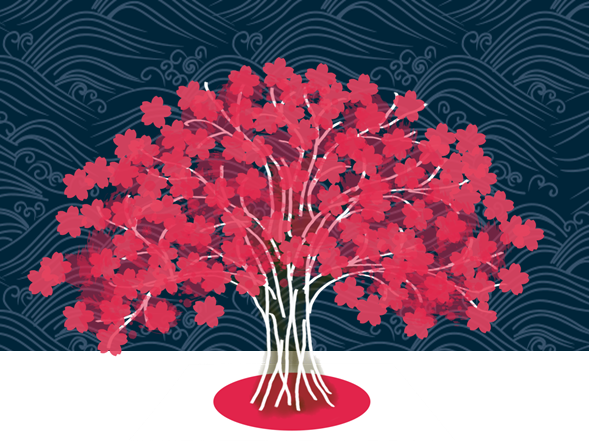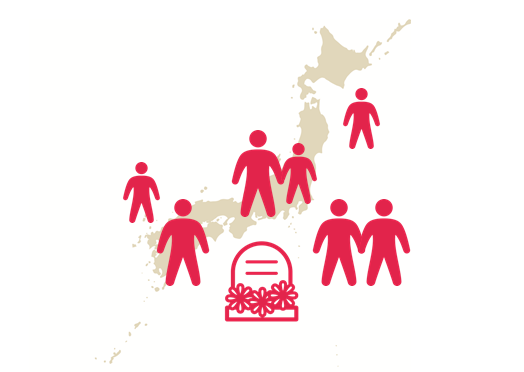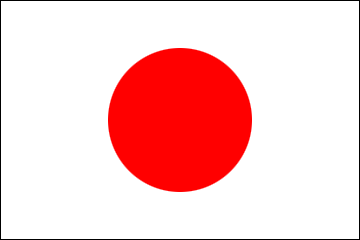Search Your Japanese Roots

Searching Your Japanese Roots
If you know the name
The Consulate-General of Japan in Honolulu keeps registration cards of Japanese citizens who immigrated to Hawaii and their family members spanning from the 1880s to the 1970s (*).
Get the application form from https://www.honolulu.us.emb-japan.go.jp/itpr_en/issuancerequest.html. Fill out the form to the best of your ability, and try to include any extra information you can, such as date of arrival, birthdates, kanji characters for names etc. Along with the application you need to submit proof of relationship between the applicant and the person on the immigration card (ex. copies of birth certificates, death certificates, name change certificates or marriage certificates) as well as a copy of the applicant's photo ID (state IDs, passports etc. are acceptable.)
Please make sure to submit the correct proof of relationship documents. For example, if you are trying to find your great-grandfather's immigration card on your father's and his mother's side you will need; 1. your birth certificate copy, 2. your father's birth certificate copy, and 3. your grand-mother's (on your father's side) birth certificate copy.
If you do not have a copies of some of your family's documents you may request them from the Hawaii Department of Health. Submissions can be done in person, by mail or electronically for birth certificates after 1909. http://vitrec.ehawaii.gov/vitalrecords/
You may submit your immigration card request in person at the Consulate during normal business hours, by mail, or by e-mail to roots@hl.mofa.go.jp. Please specify how you would like you results relayed to you (by mail or e-mail) on your application.
NOTE: If your relative moved out of Hawaii (back to Japan or to the mainland, for example) they are technically not registered with the Consulate here and we will not have the card. And also remember that registering with the Consulate was voluntary and not everyone did so, especially before 1900. Please be mindful we may not have your relatives card for these reasons.
Below is an example of how an immigration card will look. (All cards are hand written in Japanese characters, and the Consulate does not offer translation services or help with further genealogical research. See step 2 for help.)
| Surname | Domicile (previous address in Japan) | ||||
| First Name | Relationship | Date of Arrival | Date of Birth | Address (in Hawaii) | Remarks (date/place of death, etc.) |
* Information reported and collected on voluntary basis: may only be partial.
** The Consulate-General office will also provide information about the municipal government in Japan where the family’s permanent address is registered if requested on the application.
STEP 2: Get a copy of the Koseki Tohon (Japanese official family registry)!
Once you obtain a copy of the immigration card, you can also obtain a copy of your family’s official registry in Japan. If interested, the Japanese Cultural Center of Hawaii (JCCH) offers assistance for obtaining and translating your copy of the Koseki Tohon. Refer to the following URL for details.
The Japanese Cultural Center of Hawaii
Tokioka Heritage Resource Center
2425 South Beretania St. Honolulu, HI 96826
Tel: 808-945-7633 ext.42
https://www.jcchawaii.org/resources/tokioka-heritage-resource-center (Genealogical Research Assistance)
STEP 3: Get additional resources
Refer to the Consulate-General of Japan in Honolulu finding roots resource list for a detailed list of places and resources available to you in searching your roots!
Click here for finding roots resource list
STEP 4: Visiting Japan
After obtaining your ancestor’s information from Step 1~3, you may want to find out more about your Japanese relatives or your family gravesites in Japan. Before planning a trip to Japan, there are few things you should be aware of;
- Try to verify existence of family members and/or gravesites BEFORE making the trip to Japan. If you cannot find your Japanese relatives, your temple in Hawaii may be able to assist you in locating your family gravesite in Japan.
- Find out about available English assistance in Japan. Contact the local municipal office and check availability of English assistance where you plan to visit. Many municipal offices have English websites and they may have English speaking staff that will be able to help you.
- Check with the Consulate visa section about visa requirements (U.S. citizens are exempt from visas for up to 90 days when their visits are for tourism, commerce, conference, visiting relatives/acquaintances, etc.)

